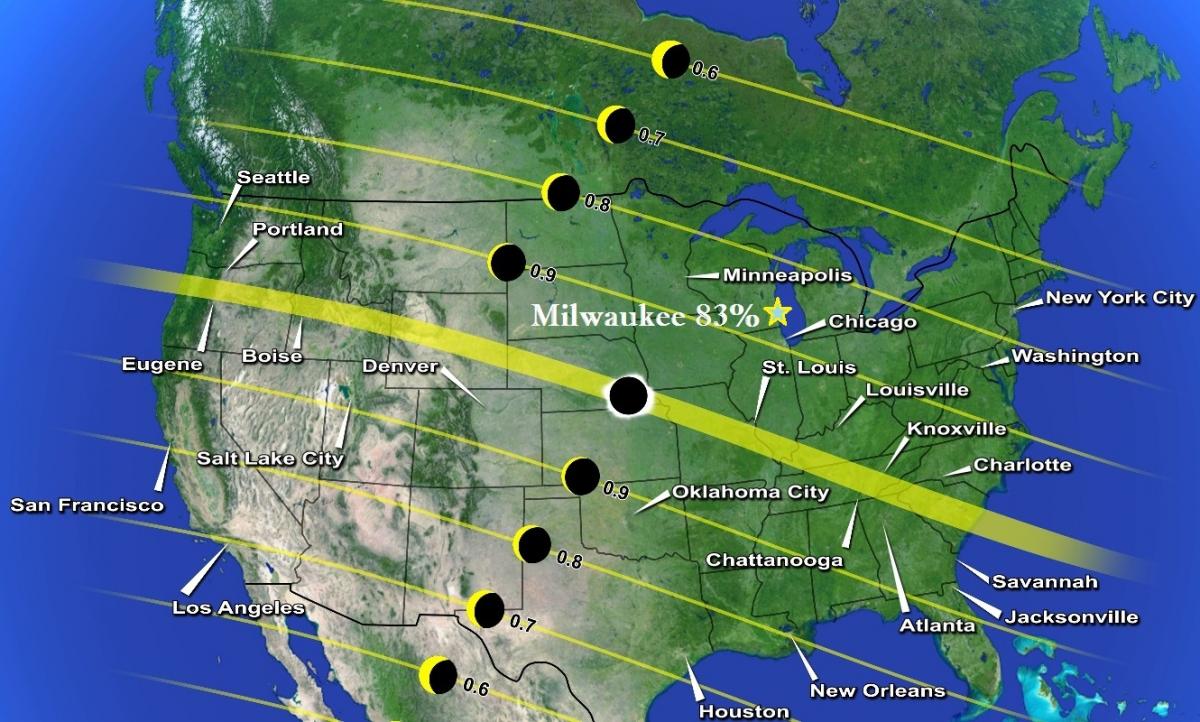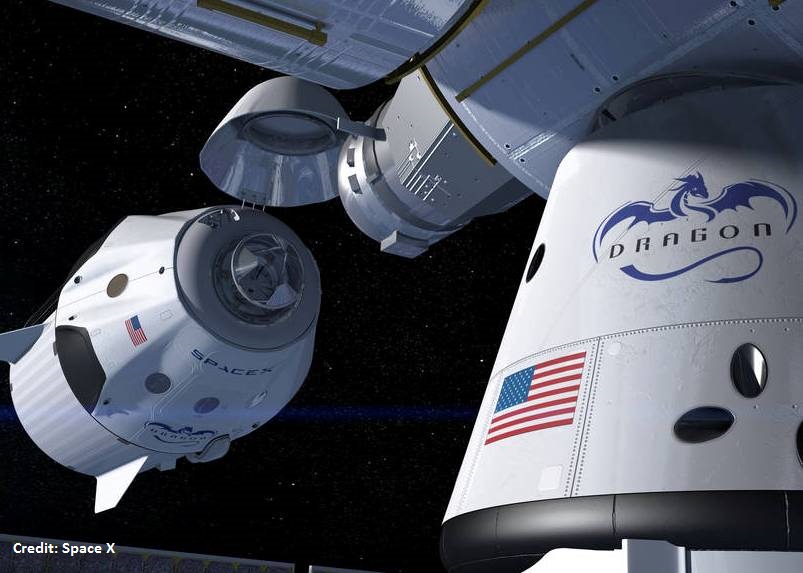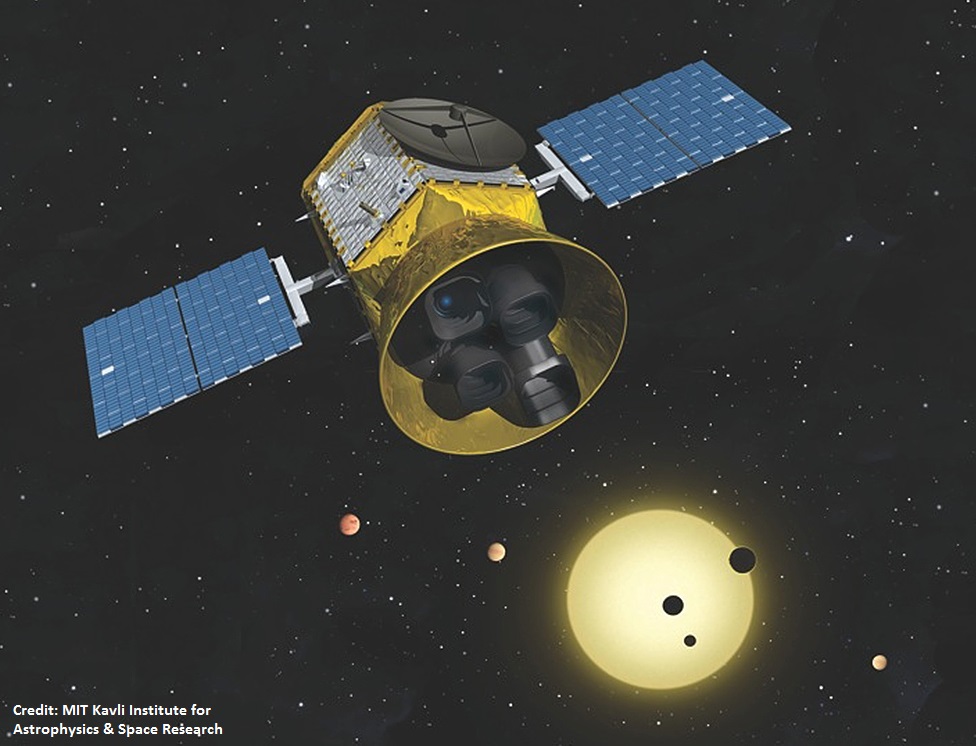Cosmic Curiosities
“A book, too, can be a star, a living fire to lighten the darkness, leading out into the expanding universe.” ~Madeleine L'Engle, Writer
Sky & Space Preview for 2017
The new year is a great time to explore some prime time space events – after all, 2017 is a good prime number. Let’s take an in-depth look at three exciting celestial happenings and preview the entire 2017 calendar.
Total Solar Eclipse The highlight for 2017 is the first total solar eclipse to sweep across America in 99 years! Here in the Milwaukee area, 83 percent of the Sun’s surface will be covered by the Moon - a partial eclipse – and the view will be pretty cool. There will be some slight dimming of the light but it won't be really noticeable unless you’re looking for those the subtle changes. If you want take your “pretty cool” experience to “awesome,” place yourself in the darkest part of the Moon’s shadow! Trek to a location inside the long, narrow path that stretches from Oregon to South Carolina; MPM’s made it easy for you, just join us on our five-day Total Solar Eclipse Trip. The menacing, yet breathtaking experience of observing darkness during the day is truly a in a lifetime experience.
The highlight for 2017 is the first total solar eclipse to sweep across America in 99 years! Here in the Milwaukee area, 83 percent of the Sun’s surface will be covered by the Moon - a partial eclipse – and the view will be pretty cool. There will be some slight dimming of the light but it won't be really noticeable unless you’re looking for those the subtle changes. If you want take your “pretty cool” experience to “awesome,” place yourself in the darkest part of the Moon’s shadow! Trek to a location inside the long, narrow path that stretches from Oregon to South Carolina; MPM’s made it easy for you, just join us on our five-day Total Solar Eclipse Trip. The menacing, yet breathtaking experience of observing darkness during the day is truly a in a lifetime experience.
Whether you take in the view from Milwaukee, St. Louis or another stop along the way, it’s important to have eye protection for all viewings. Also, make sure you check the weather forecasts as you don’t want to be eclipsed by the clouds.
Not all NASA The privatization of space ramps up in 2017 with Boeing and Space X doing test flights. If all checks out, their space capsules will soon transport astronauts to the International Space Station. America has not launched astronauts into space since 2011. Currently, American astronauts ride aboard the Russian Soyuz spacecraft.
The privatization of space ramps up in 2017 with Boeing and Space X doing test flights. If all checks out, their space capsules will soon transport astronauts to the International Space Station. America has not launched astronauts into space since 2011. Currently, American astronauts ride aboard the Russian Soyuz spacecraft.
Elon Musk, the founder of Space X, has contributed 100 million dollars of his own money to his new space company and other investors have contributed millions more. NASA is one its main customers right now, paying Space X for launch capabilities. While the future looks bright for private business to help pave the way for space travel, it hard to say how it will take shape. New technologies are risky and any new ventures will have to be economical in the long run.
Exoplanets There is no other quest in space exploration is as popular as looking for worlds beyond our Solar System, so it’s no surprise that the search for exoplanets will expand with the launch of two telescopes by the end of 2017.
There is no other quest in space exploration is as popular as looking for worlds beyond our Solar System, so it’s no surprise that the search for exoplanets will expand with the launch of two telescopes by the end of 2017.
NASA’s TESS (Transiting Exoplanet Survey Satellite) hopes to discover more exoplanets by looking at 200,000 bright stars across the sky. TESS’ predecessor, the Kepler telescope, only looks at 1/400 of what TESS will see. The European Space Agency’s CHEOPS (CHaracterising ExOPlanet Satellite) will look to uncover more detailed features of already discovered exoplanets.
Check out the full 2017 Sky and Space Calendar.
Sky Sights
Venus, Mars, and the Moon shine bright together twice in January! The first celestial grouping happens early from January 1-3. Then look in the evening skies January 30-31 and spot our closet neighbors one more time. Remember Venus will easily outshine Mars. The hottest planet is over 100 times brighter than the red planet this month.
Jupiter rises by 11:00 a.m. CST at the end of January. Before sunrise, observe the biggest planet high in the south. Below the second brightest planet will be the bright star Spica in Virgo. Look for the Moon nearby from January 18-20.
Saturn rises at 6:00 a.m. at the start of the new year and at 4:15 a.m. by month’s end. Look for the red star Antares in Scorpius to the right of the ring world. A crescent Moon will be close by on January 23-24.
Mercury will be visible very low in the SE morning sky near the end of the month. The fastest planet will be lower and to the left of Saturn. A very thin Moon shines above Mercury on January 25.
Star Map
 Download the January Star Map.
Download the January Star Map.
Sign Up
Send an e-mail to Planetarium Director Bob Bonadurer at bonadurer@mpm.edu and place 'subscribe' in the subject line to receive the Starry Messenger and monthly star map.
![]() Follow Bob on Twitter @MPMPlanetarium.
Follow Bob on Twitter @MPMPlanetarium.

